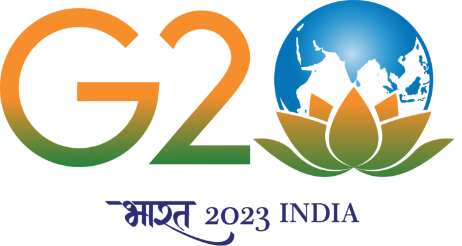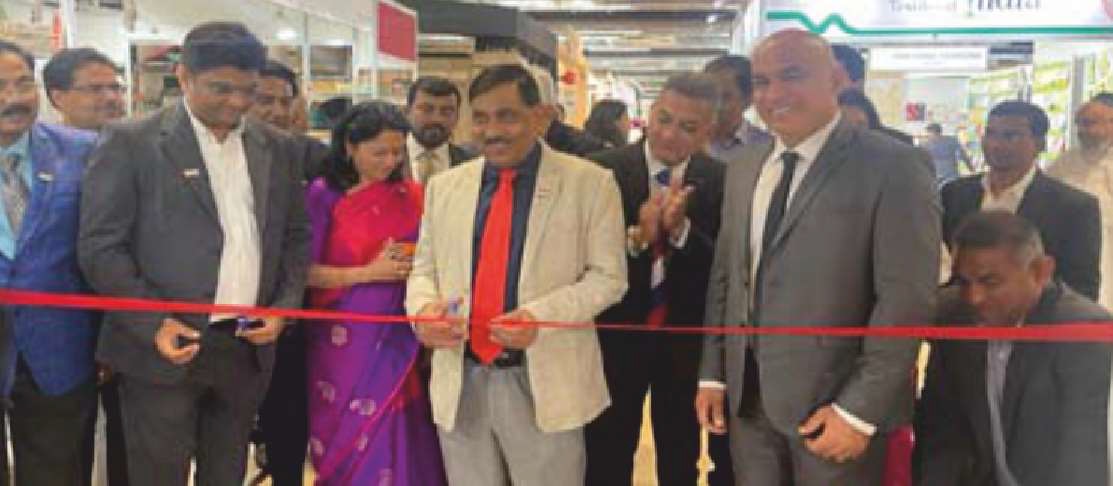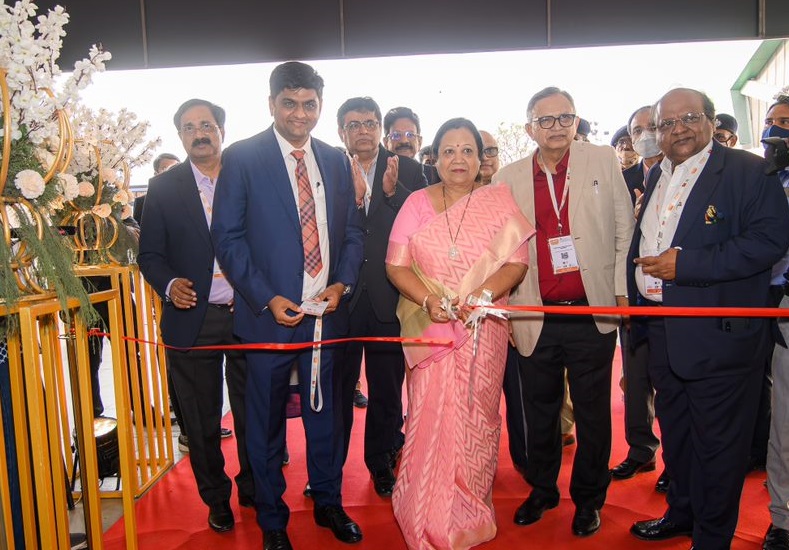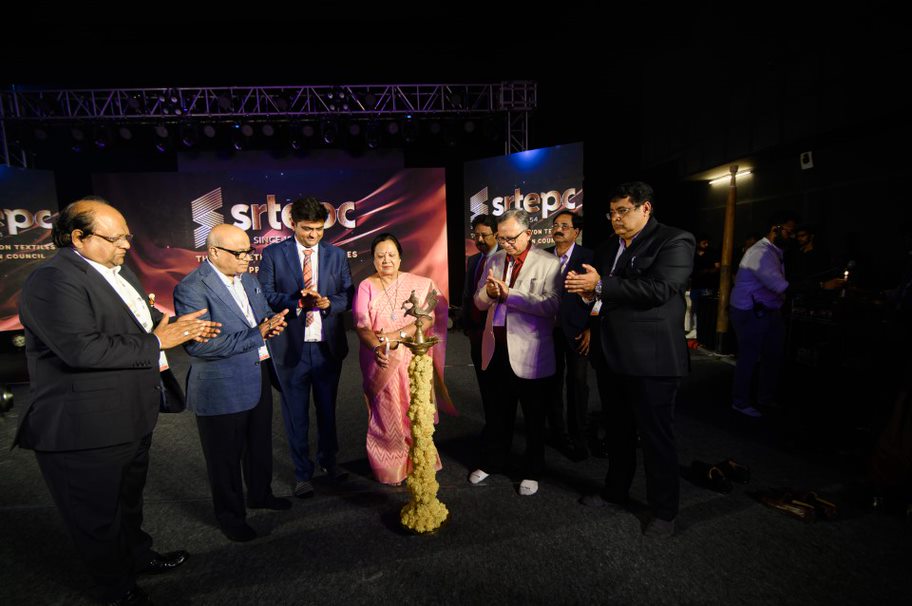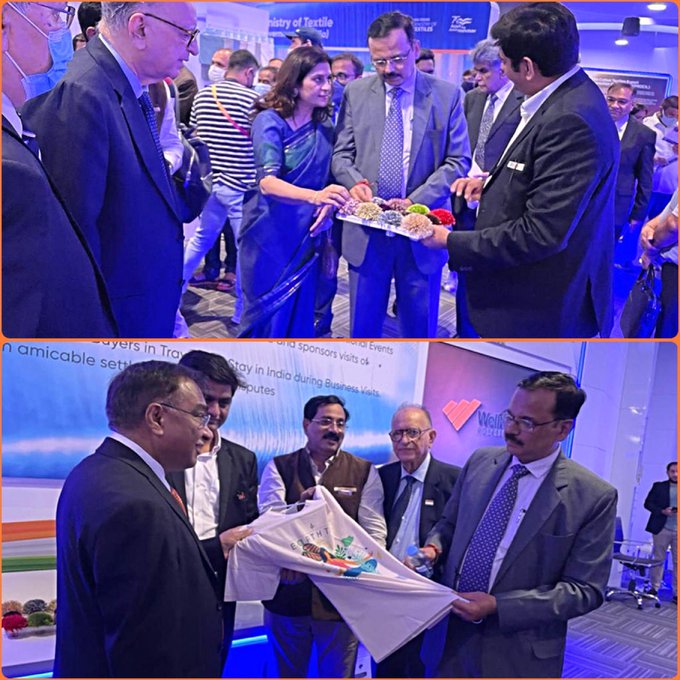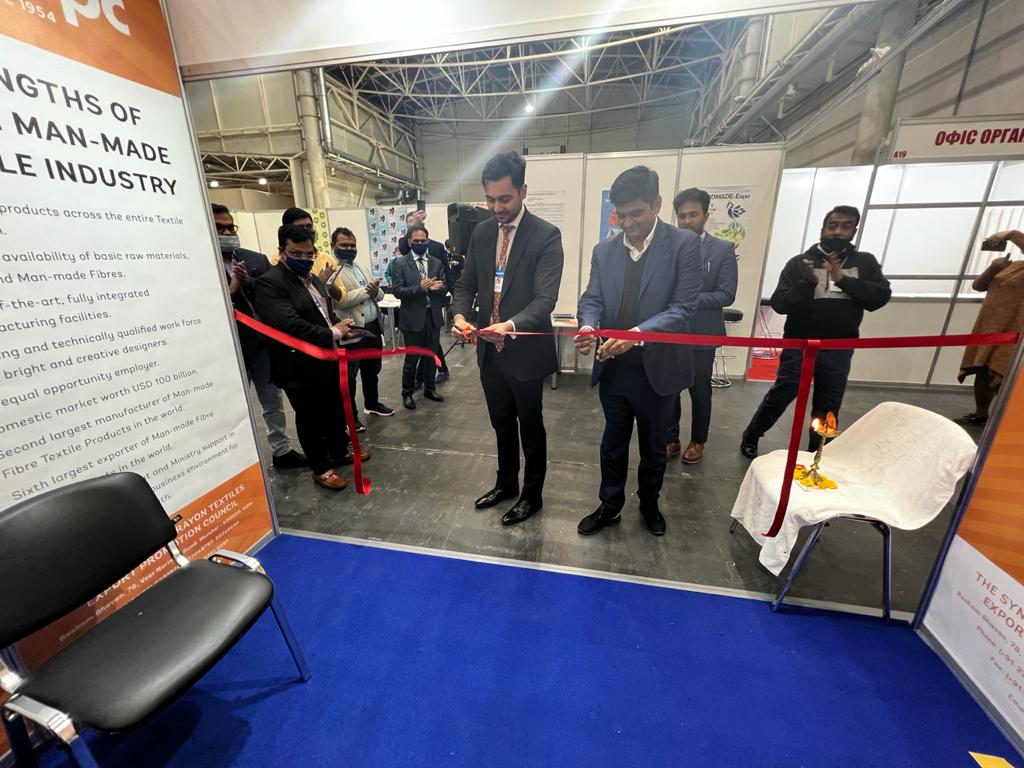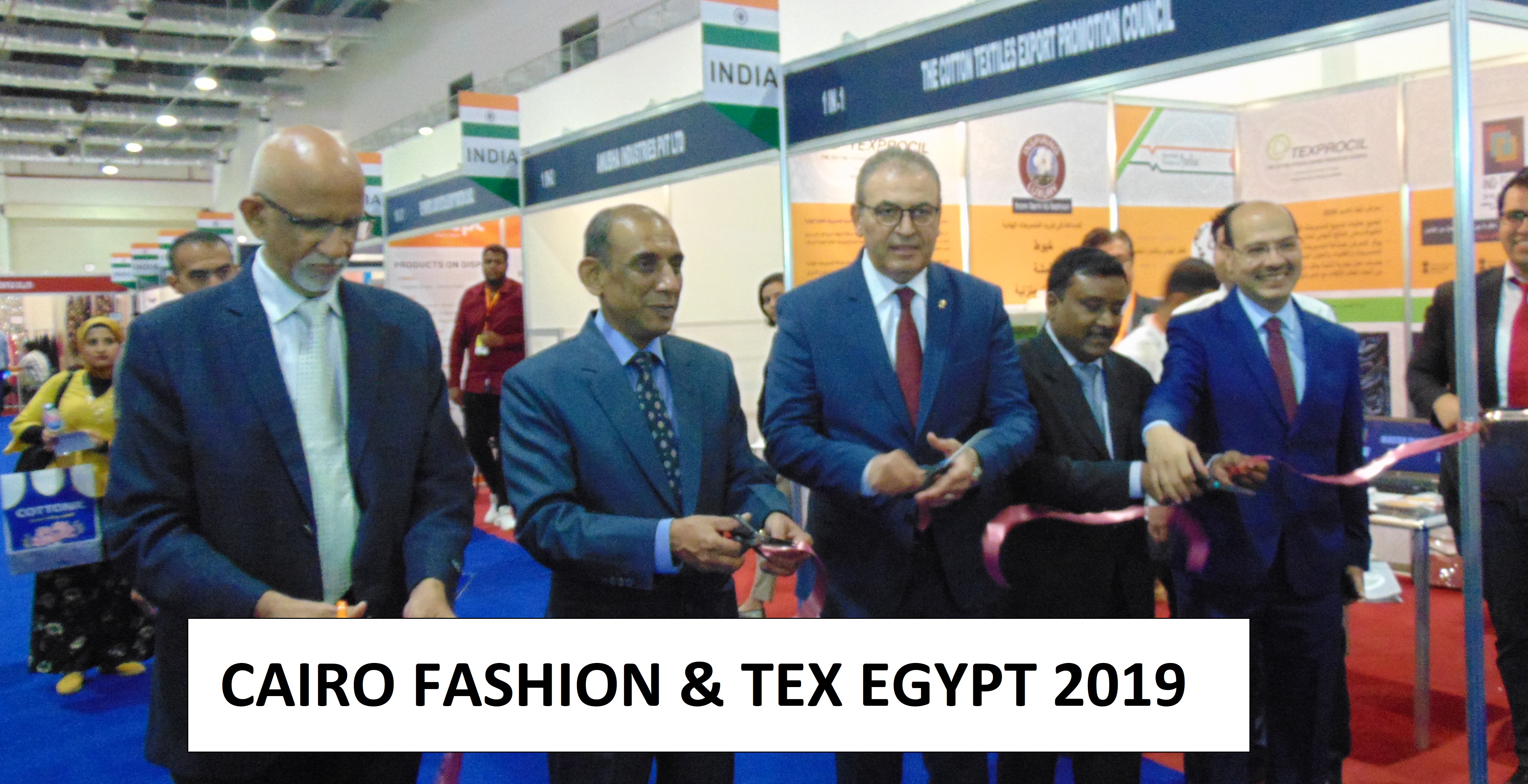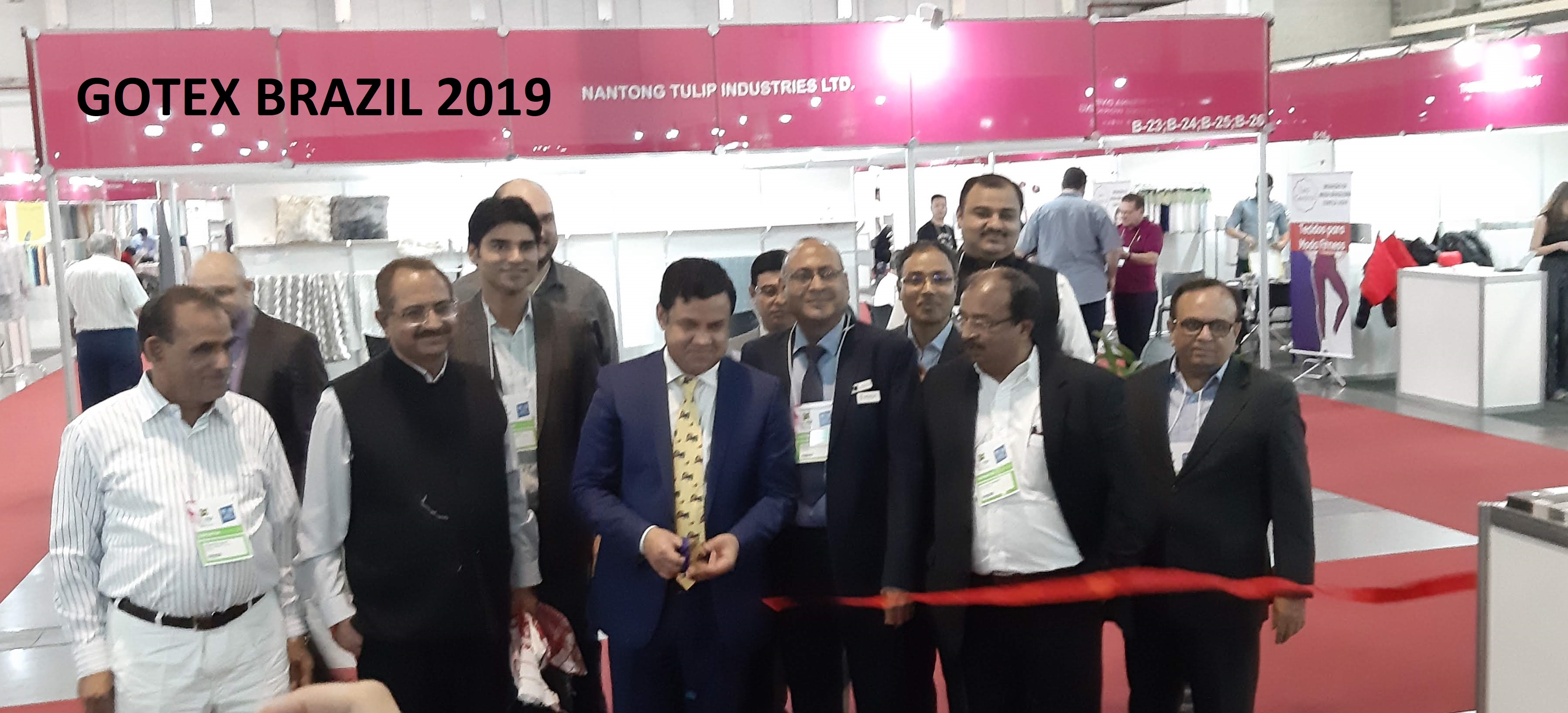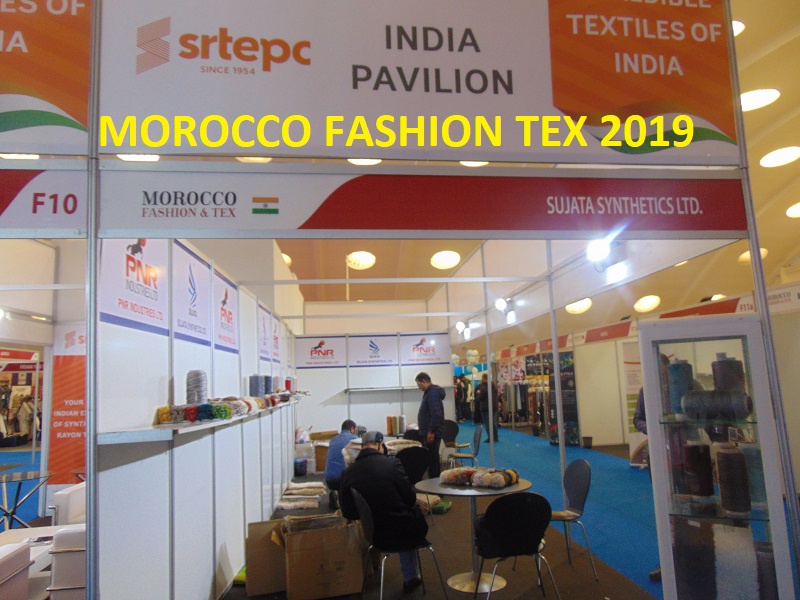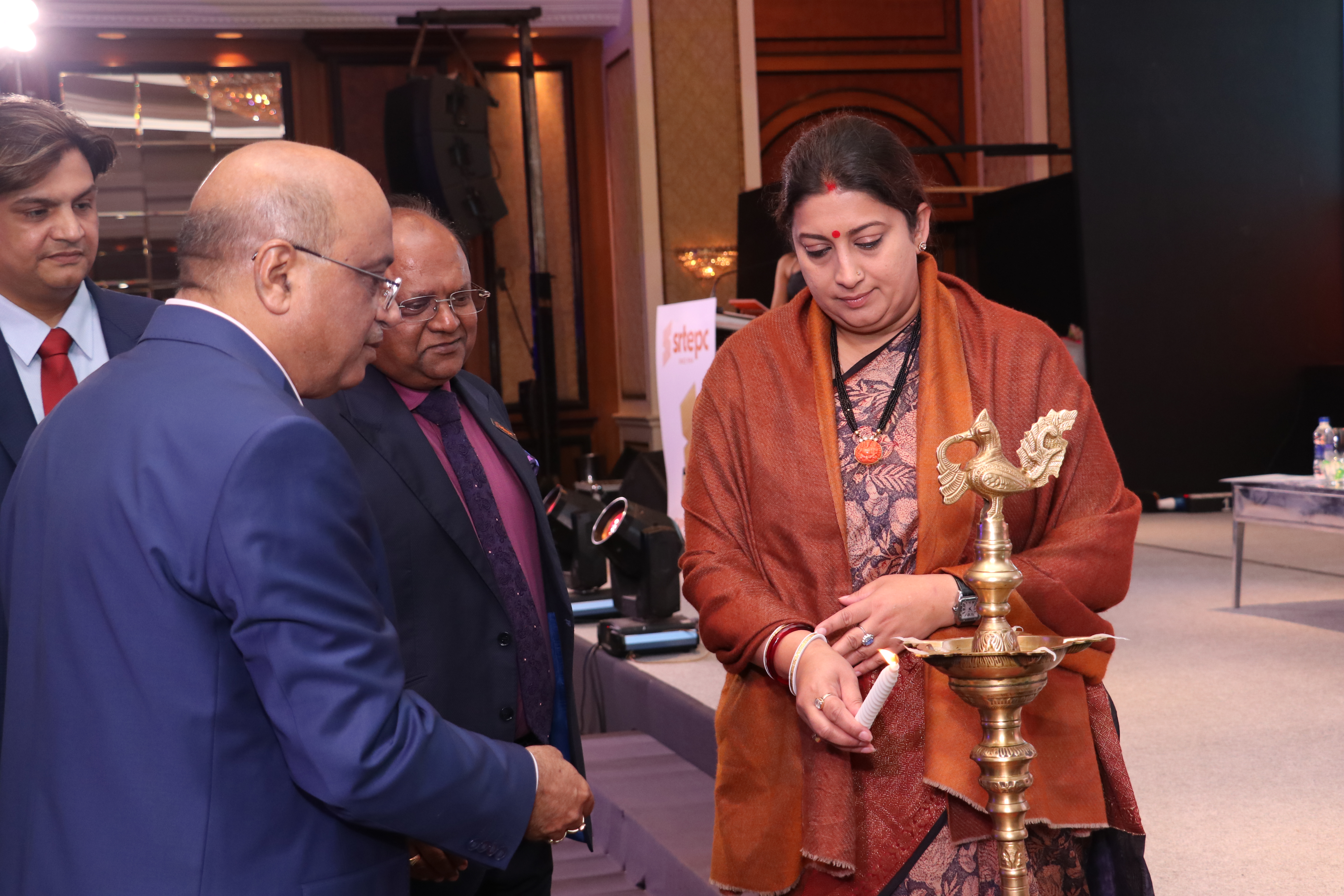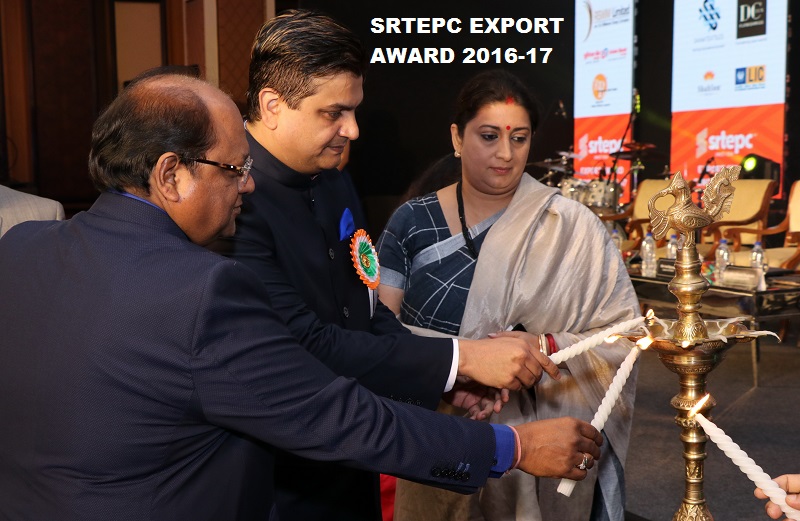But wants market access for dairy, wine and apples; NZ’s special envoy bats for successful conclusion of mega trade pact
New Zealand wants to have greater market access for its dairy products, apples, kiwis and wine into India as part of the ongoing Regional Comprehensive Economic Partnership (RCEP) pact being negotiated by 16 countries, said the country’s special envoy for Commonwealth Trade Integration Jeremy Clarke-Watson.
India’s demand for easier movement of workers and professionals is being considered seriously by the country and could be met provided market barriers to New Zealand’s goods are eased, Watson said in an interview with BusinessLine.
“We are aware of India’s requests in the area (easier visas for workers and professionals). It is being given very serious consideration by our negotiators and by our government in Wellington. We are looking to respond to India’s request in a positive manner. But it comes down also to India providing New Zealand with commercially meaningful market access for our products as well,” said Clarke-Watson.
While the Agriculture Ministry is not in favour of liberalisation of the dairy sector for most RCEP members, it is considering New Zealand’s demand seriously as the country exports mostly premium products that are not produced in India.
“For skimmed milk powder and whole milk powder, which is produced in abundance in India, the Ministry is considering a tariff rate quota basis access to keep a check on the quantity of imports,” an Indian government official said.
Sensitive items
For items like apples and wine, though, India may have trouble offering greater market access as these items are considered sensitive for the economy and have been extended protection in all the FTAs signed so far.
Clarke-Watson is in India to meet government officials and explore ways for increased cooperation between the two countries, as both are members of the Commonwealth. Digital trade, bilateral business-to-business interaction, finance, infrastructure and SMEs are the areas of focus.
While India is not happy with what its RCEP member countries, which includes the 10-member ASEAN, China, Japan, South Korea, New Zealand and Australia have offered so far, especially in services, Clarke-Watson says that the best value is often derived in the last phase.
“In a negotiation you clear the easy issues first and then you reach the hard ones. This is where the trade-offs come. The final steps are always the one that take extra time. But they are also the one that provide most value for both sides. I think it is in the interest of both India and New Zealand to get to the conclusion of RCEP. I think this can be done,” he said.
Source: The Hindu Business Line
Vietnam: Garment, textile industry sees decline in orders
With plentiful orders right at the beginning of this year, garment and textile industry set export target of US$40 billion for this year. However, recently, orders have suddenly dropped drastically, concerning garment and textile enterprises. A drop in the number of orders spread from small enterprises to large-scale ones. Mr. Nguyen Van Nam, director of Thanh Binh Garment Company, said that his company has three production lines of spandex products with more than 100 workers. Lately, his partner – a local company - unexpectedly cut orders, urging him to seek for new sources with low prices or even without profits to get job for his workers. Other large garment enterprises, including May 10, Viet Tien and Nha Be also experienced the same situation. According to Mr. Truong Van Cam, general secretary of the Vietnam Textile and Apparel Association (Vitas), scarcity of orders is quite popular so export turnover will not be as optimistic as it was expected at the beginning of this year. The number of orders of several garment and textile enterprises merely accounted for 70 percent of that in the same period last year. This makes it impossible for garment and textile industry to achieve export target of this year. Representative of Vitas said that the main reason of the decline in orders is the ongoing trade war, showing most clearly via a sharp drop in export volume of fiber of Vietnam. Previously, Vietnam produced an average 2.2 million tons of fiber annually, of which 1.5 million tons was for export, accounting for 68 percent of total production. However, since the end of last year, export of fiber has seen uncertainties. This year, fiber consumption has encountered difficulties. In the first six months of this year, fiber export has merely grown 1.1 percent. Moreover, some countries devaluated their currencies so as to create advantages for export whereas the Vietnamese dong remained stable, causing export products of Vietnam to have higher cost prices, putting export of garment and textile industry at a disadvantage. The industry expected that recently-signed free trade agreements, such as the EU-Vietnam Free Trade Agreement, will strongly promote export. Nevertheless, up to now, although free trade agreements were signed, they are merely potential markets and have not showed actual effectiveness, leading to the situation that export products are still imposed import tariffs. This might be the reason that shifted orders to other countries, causing a shortage of orders for Vietnamese garment and textile firms. In addition, since the beginning of this year, both firms and experts in garment an textile industry expected that the trade war will help to increase orders for Vietnam. However, in reality, the difficult situation of global economy has caused purchasing power to decline while a shift of orders has not been clear so far. According to Mr. Pham Xuan Hong, chairman of the Ho Chi Minh City Textile and Garment - Embroidery Association, a shortage of orders has happened but only at some enterprises, especially in the northern region, instead of the whole industry. In Ho Chi Minh City, members of the association still have received orders as normal. ‘Although a decline of orders occurred at some enterprises, overall growth rate of the industry was still higher than the same period last year. Export turnover of the garment and textile industry still might reach $40 billion as although Vietnamese firms are unable to increase export, FDI enterprises are capable of increasing export and making up for the whole industry,’ Mr. Hong said optimistically. Vitas suggested that firms should put more efforts in order to achieve export target of this year. Especially, in the last half of this year, the industry must gain a growth rate from 11 percent upwards in order for export turnover of this year to reach the $40- billion mark. Of which, firms should try their best to look for orders and maintain production from now to the end of this year. As for large enterprises which are able to sign big contracts, they should share their orders with small enterprises. Domestic enterprises collaborate with customers to establish production chain, meeting rules of origin in accordance with commitments of free trade agreements. In long term, in order to stabilize orders, domestic enterprises must comply with requirements of brands for sustainable development, hereby they will be recognized by brands for transparency and will attract orders in the future. Besides, enterprises in the industry need to improve their competitiveness as well as apply solutions, such as reducing input costs, standardizing production procedure and management procedure in accordance with their actual situation. Only by managing production and human in the spirit of the fourth industrial revolution, aiming to turn regular factories into smart factories and not wasting any resource, enterprises are able to survive in the current inconsistent market, said Mr. Cao Huu Hieu, director of the Vietnam National Textile and Garment Group. According to Vitas, in the first half of this year, garment and textile exports reached $17.97 billion, up 8.61 percent over the same period last year. Of which, ready-made garments touched $14.02 billion, up 8.71 percent; fabric hit $1.02 billion, up 29.9 percent; fiber reached $2.01 billion, up 1.1 percent; and geotextile fabric rose 16.9 percent. The US remained the largest export market of the industry with turnover of $7.22 billion, up 12.84 percent over the same period last year, accounting for 46.9 percent. Exports to countries in the Comprehensive and Progressive Agreement for Trans-Pacific Partnership hit $2.57 billion, up 11.13 percent, accounting for 16.71 percent. Exports to the EU reached $2.05 billion, up 10.46 percent, accounting for 13.36 percent.
Source: Saigon Online
Donald Trump wants trade pact with China but must be 'right deal': WH advisor
Since last year, the United States and China have exchanged punitive tariffs on more than USD 360 billion in two-way merchandise trade.
Should they take effect, the punitive import duties Donald Trump announced last week would mean all goods trade between the world's top two economies is subject to tariffs in the year-long trade war.
WASHINGTON: President Donald Trump wants a trade agreement with China but it must be "the right deal," White House economic advisor Larry Kudlow said Tuesday. Kudlow's remarks came as markets attempted a recovery from Monday's deep sell-off, prompted by a sudden escalation in the US-China trade since last week.
"The president was not happy with the progress" of talks in Beijing earlier this month, Kudlow told CNBC. "The president is defending the American economy" against "a lot of unfair trading practices." Trump on Thursday announced new tariffs on another USD 300 billion in Chinese imports and on Monday responded to a drop in value of the yuan by formally branding Beijing a currency manipulator. Beijing on Monday also said it was cutting off imports of US agricultural goods.
Kudlow said Trump "would like to continue negotiations, he would like to make a deal, it has to be the right deal for the United States." After face-to-face meetings in Shanghai last week, US and Chinese officials are due to meet in Washington next month. However, the deepening acrimony has convinced investors the chances of a near-term resolution to the battle are increasingly slim -- adding to worries the trade fight is exacerbating a global economic slowdown.
Since last year, the United States and China have exchanged punitive tariffs on more than USD 360 billion in two-way merchandise trade. Should they take effect, the punitive import duties Trump announced last week would mean all goods trade between the world's top two economies is subject to tariffs in the year-long trade war.
Source: The Economic Times
US-China trade war: American president Trump calls Beijing a currency manipulator
President Donald Trump has reacted to China’s move to let the yuan depreciate by branding Beijing a currency manipulator while also claiming China’s foreign-exchange strategy means it’s paying the cost of U.S. tariffs.
Trump and those around him have been frustrated by China’s response to his tariffs.
President Donald Trump has reacted to China’s move to let the yuan depreciate by branding Beijing a currency manipulator while also claiming China’s foreign-exchange strategy means it’s paying the cost of U.S. tariffs. Break those two positions down, however, and it’s easier to understand why the trade war is spooking markets. Clashing consequences are surfacing and a potentially ominous reinforcing cycle is forming. Trump and those around him have been frustrated by China’s response to his tariffs. By allowing its currency to depreciate through the symbolic 7-per-dollar mark on Monday, policymakers in China preemptively helped offset the cost of a 10% tariff he plans impose on some $300 billion in Chinese imports on Sept. 1.
Just as China’s currency swings limit the impact of Trump’s tariffs, they also feed into longstanding accusation that China guides its currency for an export advantage. “China is intent on continuing to receive the hundreds of Billions of Dollars they have been taking from the U.S. with unfair trade practices and currency manipulation,” Trump tweeted on Monday.
Trump also argued that the slump in the yuan proved his point that China — not Americans — pays the real costs for his tariffs, an oft-discredited claim.
On Tuesday, markets stabilized as Beijing denied it’s cheapening its currency. But the latest twists revealed a policy vortex with no easy escape: If increasing tariffs leads to Chinese depreciation, which yields complaints about tariff evasion and currency manipulation, it leads you back to more tariffs.
That’s not a hypothetical. Trump’s frustration with China’s retaliation and past currency moves is what has led to every escalation so far in the trade war. A year ago, U.S. tariffs were in place on just $50 billion in goods from China. Now, some $250 billion in annual trade is covered by a 25% tariff.
Come Sept. 1, a 10% tariff will take effect on a further $300 billion in goods. Increasingly, though, that looks like it may not be the end of it.
Charting the Trade War
The U.S. Treasury is about five years too late with its currency manipulator designation for China, says Bloomberg Economics’ Tom Orlik. The days of a hyper-active People’s Bank of China intervening daily to prevent yuan appreciation are long gone. If anything, China’s central bank is now intervening to prevent sharper yuan depreciation.
Source: The Financial Express
Europe worries about climate change over economy: survey
Europeans are more worried about climate change than unemployment, the economy or terrorism, according to the latest Eurobarometer survey.
The data were gathered before the record-breaking temperatures across much of Europe last month and reports of the largest single-day loss of Greenlands ice sheet.
Ursula von der Leyen, the incoming President of the European Commission, has vowed to raise as much as 1 trillion euros ($1.12 trillion) in investment to fight climate change over the coming decade.
Source: The Hindu Business Line

